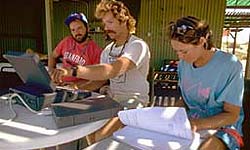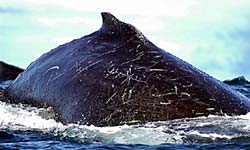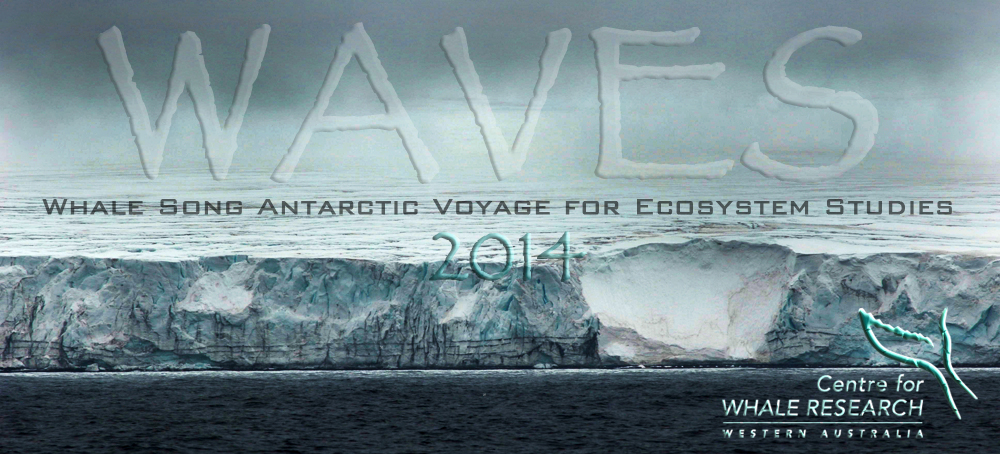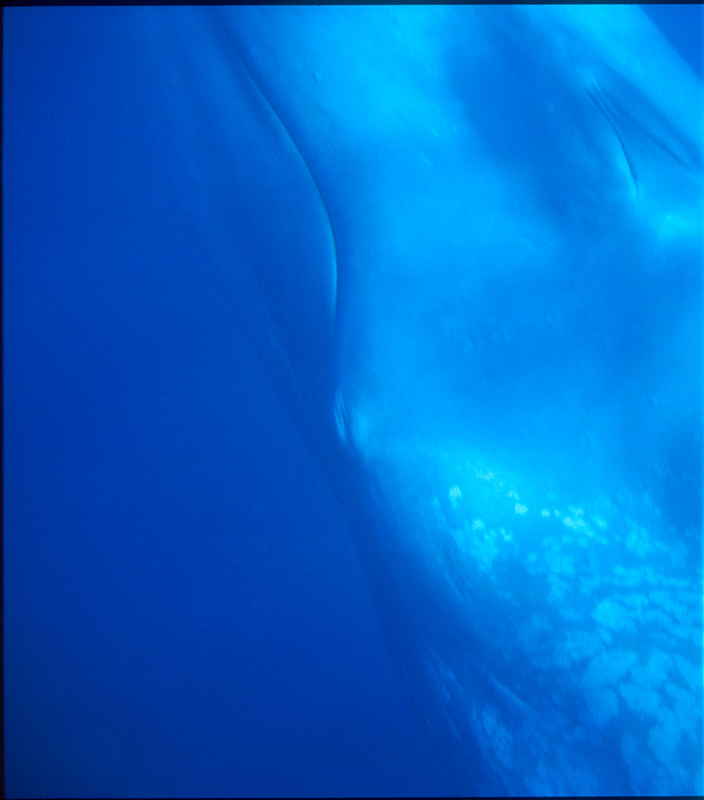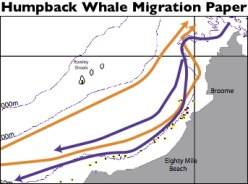How it All Started – The Dampier Archipelago – by Micheline Jenner
On July 25, 1990, with a few seeds of doubt sewn in our minds, we moved into a research station on Enderby Island, owned by the Department of Conservation and Land Management (CALM). Situated between two beaches on an narrow spinifex-covered isthmus on the eastern end of the island, the research station consisted of a 10 x 20 ft cyclone-proof tin shed which was covered on three sides by a pergola under which we slept, ate and worked. We ran a generator for 4-5 hours each evening to power lights, two fridges and our computer after returning from long days out between the two blues. On bad weather days we would spend hours hiking across the island over the red iron-ore rock piles, often surprising some of the rare Rothschild rock wallabies thriving there, free from mainland predators. The rocky, barren landscape spurred our imagination and we thought we had reached the end-of-the-earth or Enderbyearth!
During that first week in July 1990 we set up camp and ventured off-shore in Nova, our 17 ft (5.3 m) inflatable boat, as often as the weather allowed. After four unsuccessful days looking for whales north of Legendre Island we were beginning to wonder if we had forgotten what humpbacks looked like. The killer whales that we had just been working with on Ken Balcombs’ Orca Survey project had seemed easy to spot with their six foot tall dorsal fins, but it had been eighteen months since leaving a two year study in Hawaii that we had last seen humpbacks up close and personal.
Then, on day 5, August 5 1990, I could hardly believe my eyes, there they were, we hadn’t forgotten what they looked like, two humpbacks were heading directly towards us! I positioned the boat behind and to the side of the pod and measured their pace as Curt balanced in a wind-surfing harness in the bow and began firing off the photographs. We had hardly begun excitedly identifying them (left and right dorsal and fluke photographs) when we spotted another pod of two right behind them. We were so excited and relieved! There actually were whales off Dampier! We later called our parents saying “There are whales here!”. “What do you mean?” they replied, “…isn’t that why you’re there?!”
That was a truly memorable day. We immediately dubbed the area the “humpback highway”, and those whales were the beginning of our photo-id catalogue which now contains over 4000 whales.
Since those early beginnings we have diversified our studies to include several areas along the WA coast and several different species of cetacea. This website is designed to open a window into the research effort that has been committed to whales and dolphins by the staff and sponsors of the Centre for Whale Research.

